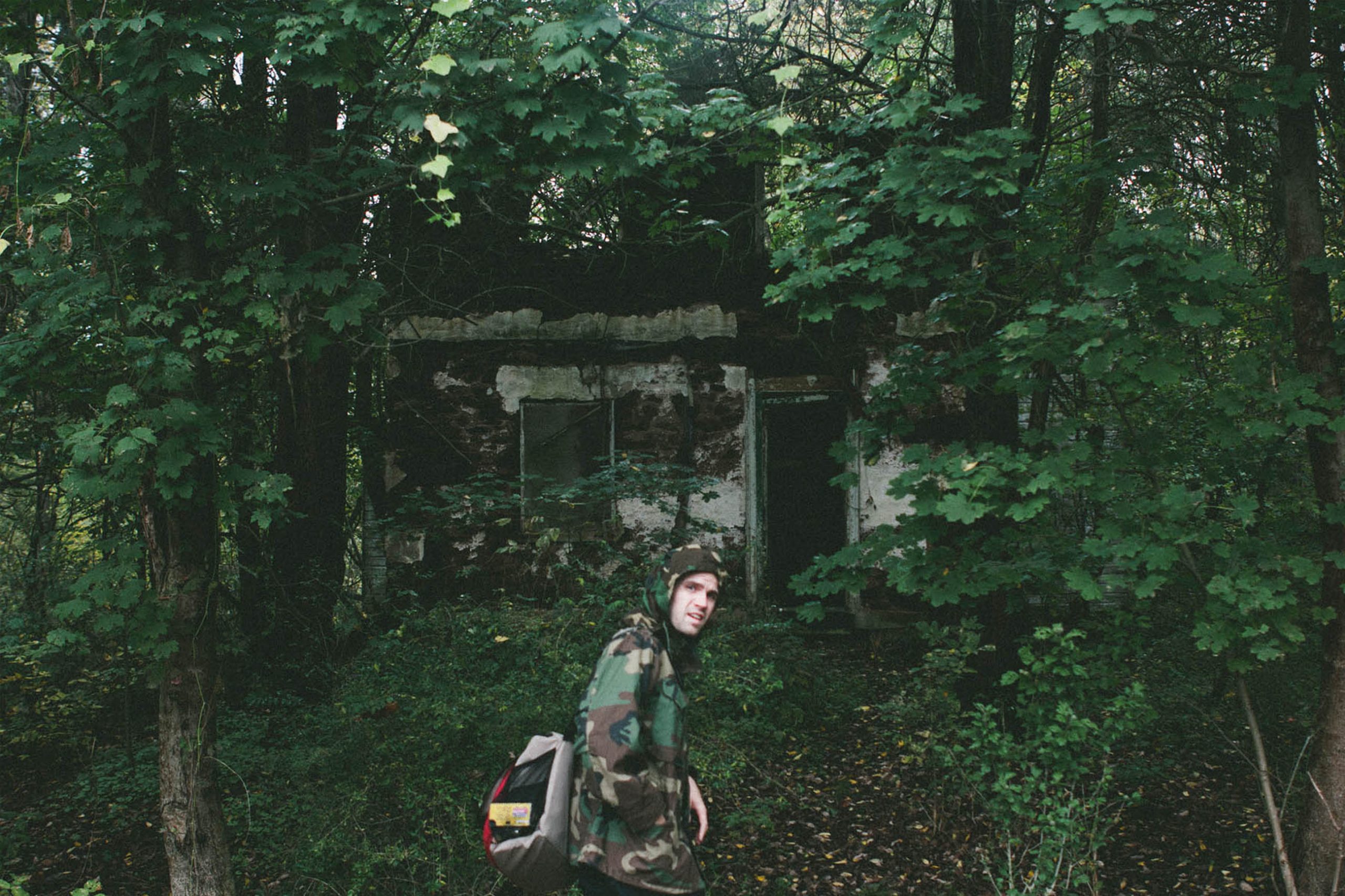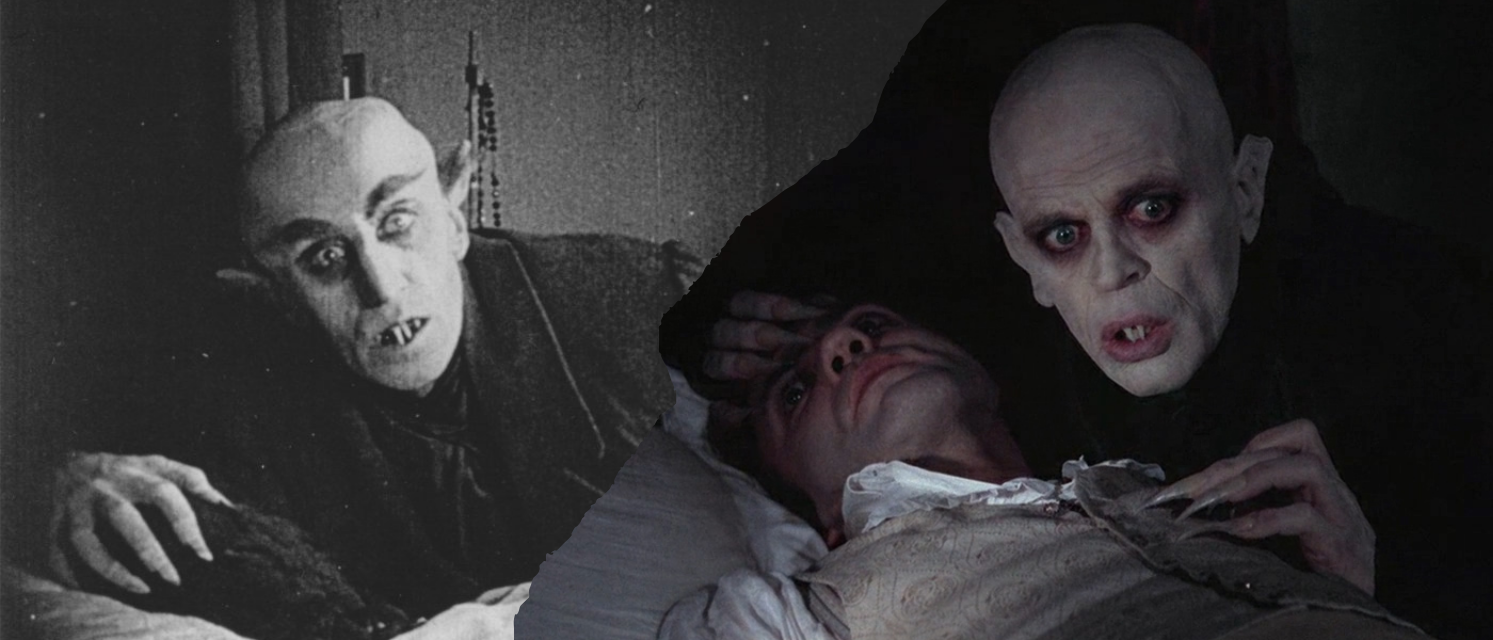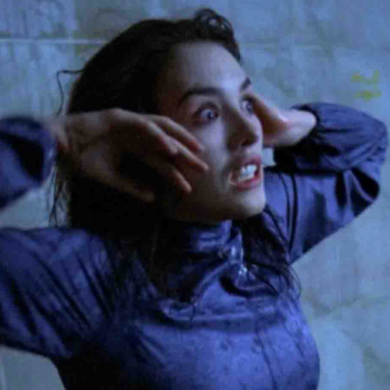Nosferatu: A Symphony of Horror from 1922 is a silent black and white film. The plot is an unauthorized adaptation of Bram Stoker’s ‘Dracula’ with a few key names changed, such as Dracula to Orlok, Jonathan Harker to Thomas Hutter, and Mina Harker to Ellen Hutter. Some may be put off by the style of acting; it comes off as comedic at times because the reactions and expressions are over the top. However, this film is the basis of almost every Dracula movie to follow. So many actor movements, scenes, camera angles, shadows, and set design are lifted right from this film. Max Schrek’s performance as Count Orlok is iconic and otherworldly. Although much of the story is copied, the design and makeup of the vampire are completely unique. The German expressionist style with the masterful use of shadow suits the film well and perfectly portrays the evil vampire and the dread he engenders in others. The music, much like the acting, captures each mood without much nuance. It’s either happy go lucky and jaunty to convey happiness or completely dark and sinister. The ending is bittersweet, but evil is vanquished.
Nosferatu the Vampyre is a color remake made in 1979 with the names changed back to the ones from the novel. It pretty much takes the skeleton of the 1922 version and fills it out. Many scenes are exactly the same with much of the original dialogue intact, only with more connective tissue to fill out the story. The more liberal use of dialogue also makes the characters less flat and more nuanced. Even Count Dracula has a monologue about the torture of living forever and staying the same. His makeup is a slightly different replication of the original and all lighting around him serves to set him apart from the human characters. The dinner scene with Jonathan, Dracula’s eerily white face and hands look like they float in space The acting is in a modern style, but some makeup and style choices are held over from the silent era. The two things that set this film apart are the eerie beginning and the nihilistic ending. The beginning credits are accompanied by footage of actual mummified bodies. It sets the tone right away and leaves the viewer not expecting what’s next. The ending is the same as the original with one key change where the evil lives on.
Nosferatu: Symphony of Horror sets the basis for so many films and masterfully creates dread. While it isn’t perfect, keep in mind that it’s one of the first horror films ever and many of the tropes it started are still being used today. The remake, Nosferatur the Vampyre, honors the original film and fleshes it out for modern standards. It also adds nuance, and fleshes out characters and scenes. Both of these films are well worth your time and very different for taking on the same subject matter.



